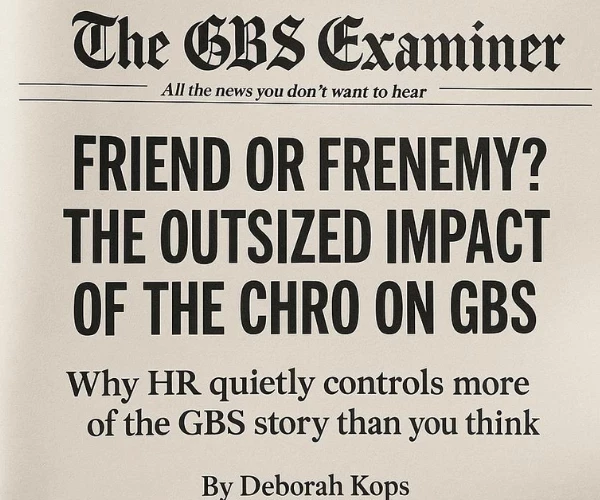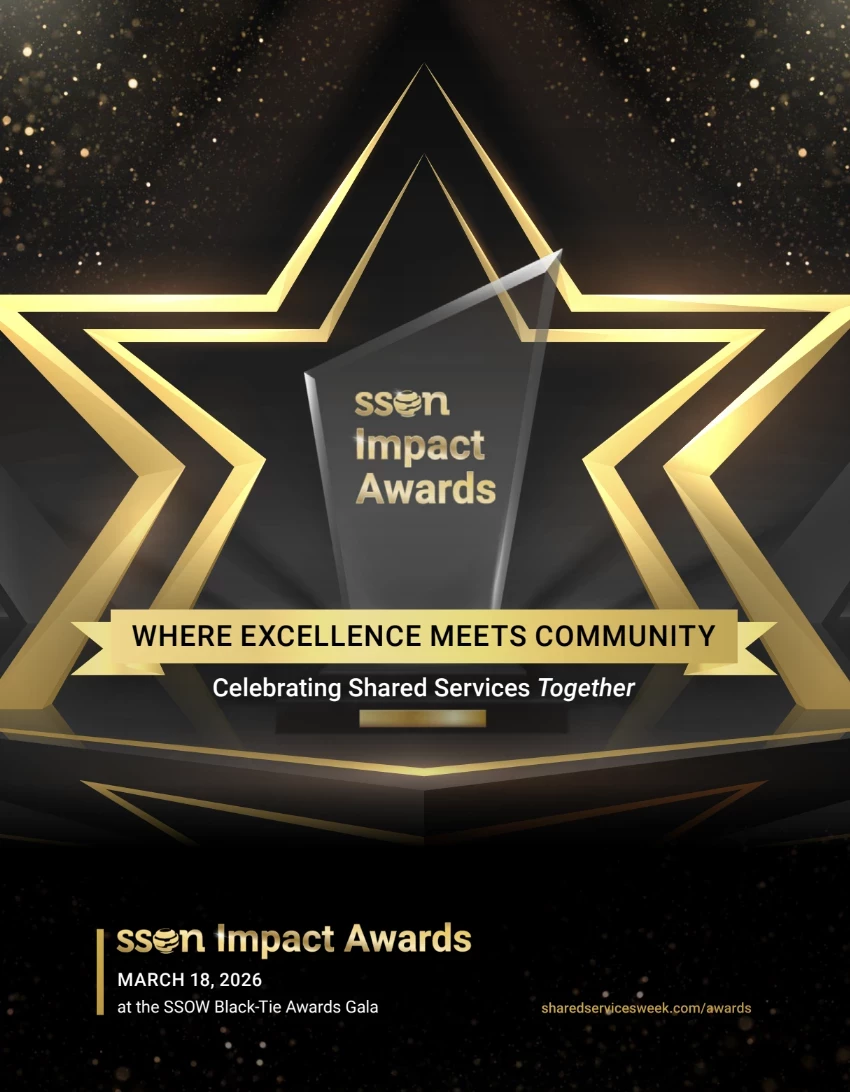
As businesses evolve, leaders change, customer needs develop and staff’s expectations advance, the need for communication functions within global shared services or global capability centers probably also need a revisit. Staying the same isn’t an option. Nor can the function’s priorities and approach be so vastly different that there is a mismatch in shared goals. Irrespective of the current business environment, there is a ‘minimal viable product’ of what a communication function must do and shape within and outside the organization. Here are some perspectives on how business and communication leaders can determine the ‘ideal’ journey and maturity curve when it comes to such transformations.
Start with the end goal: decide where the business aims to be in 2-5 years and identify potential opportunities for the team to collaborate and fulfil. For example, does the organization want to improve the focus on product enhancement, creativity and stakeholder satisfaction? Does it want to raise the talent profile making it a workplace that helps staff develop their potential fully? Does it expect to increase the capabilities and capacity to deliver more value? Based on these goals, the communication function can be the fulcrum of change by defining the platforms for engaging talent, increasing visibility of innovative work, helping staff understand the business purpose and creating opportunities for dialogue.
Align with key outcomes: No communication function can exist in isolation and unless the overall goals align with the business priorities, it will be operating in a vacuum and not be viewed as partners in progress. Outcomes can include business team awareness and engagement, the business maturity in relation to customer value, connecting staff to the company’s goals, the perceptions in the local market and the level of understanding along stakeholders outside the firm.
Define the maturity roadmap: The function’s maturity will take shape when there is an incremental journey from establishing the basic standards, systems and processes to moving to an innovation and transformation journey. Systems and processes include writing, turnaround time, quality checks, benchmarking, protocols. Then, evolving an engagement model such as ways of working, how to involve the function, the offering. Next, to a service orientation - there is a rhythm of connection and feedback loops. Then to business partnering, including participating as consultants and advisors early and contributing to core decisions. Finally, moving to an innovation and transformation model, where the function is valued for creative solutions to complex problems that businesses grapple with.
Assess current and future needs: this can be done within and beyond the organization using a variety of tools and methodologies. The assessment needs to cover what the team does, stakeholders’ perceptions, the current market and business landscape, the future expectations and more. For example, an independent brand audit can surface interesting insights within and outside the organization. Based on it, the function can invest in growing or realigning priorities for staff.
Outline KPIs: to be sure the function is valued and respected means operating it with clear measurement indicators. These need to range from the basics (views, hits, open rates) to the more sophisticated (satisfaction, engagement, business impact, outcomes, experience oriented measures).Also, these need to be shaped alongside the business. The function is responsible for sharing progress on these metrics and to course correct if needed.
Implementation charter: This is crucial for making the strategic priorities of the function materialize. The plans can cover building forums for leader-staff connections, a content marketing calendar for engaging externally, business leader communication plans, industry and media engagements among others. It also needs to cover ways to run outreach initiatives that raises stakeholders’ communication capabilities as well as the advocacy agenda.
Raising the game for the communication function with a global capability center requires a high degree of appreciation for the global, local and cultural nuances of the market. However, having a maturity progression map at the back of your mind, can help shape the function towards the best possible direction for the organization.
(Note: Views expressed are personal)



































